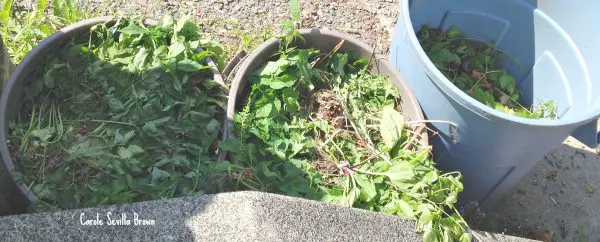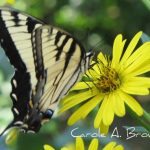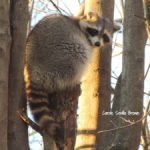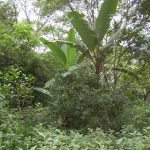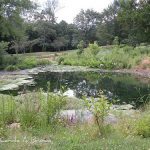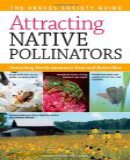Humans are blessed with the capacity to learn from situations, assess the consequences, and alter our behavior in the future. We can learn from our mistakes. Unfortunately, when it comes to the environment, we rarely exercise that capacity (Can we say Oil Spill?).
We have refused to learn from our mistakes way too many times to count when it comes to invasive plants. We have a long history in this country of destroying habitats and then looking for the magic bullet to clean up the mess we have left behind. Trouble is, the magic isn’t working.
Let’s take a look at our track record.
A Learning Opportunity
As our westward expansion spread across the great plains, the deep-rooted native prairie plants were removed for agriculture. Between crops, the soil was bare and unprotected, and large amounts of erosion occurred. As the soil became depleted, farmers would simply move to another place and start all over again. As a consequence, very little intact prairie remains anywhere in this country.
This practice culminated in the 1930s during the Dust Bowl, where exposed soil dried out and blew away. Scientists with the Soil Conservation Service decided that they had found a magic bullet to fix this destruction and began recommending that Crown Vetch (Coronilla varia) be planted to control this problem with soil erosion.
Crown vetch is a cool-season, nitrogen fixing plant in the pea family. Originally from Asia and Europe, this plant was widely recommended for a forage crop in addition to soil erosion control.
Now, these were scientists. They were the experts. So many people followed the recommendation and planted vast amounts of this plant.
Problem solved, right?
Remember that part about Crown Vetch fixing nitrogen? Well the prairie ecosystem did not have a lot of nitrogen in the soil, so all this extra nitrogen changed the soil chemistry and made it inhospitable for the native plants to survive.
Freed from its natural controls, this plant has run rampant and now infests areas from southern Canada across the US. It grows quickly and shades out native vegetation, and reproduces by runners and by seed, which remain viable in the soil for many years. This plant is threatening rare and endangered plant communities across the country.
We had the opportunity to learn a big lesson here. You’d think that destruction of wildlife habitat, wiping out native plant communities, and millions of dollars spent every year trying to control the spread of this plant would be strong motivators, right?
Wrong.
More Learning Opportunities
Over the years land managers and ecologists have introduced plants with the best of intentions, only to find out several years later that this had been a huge mistake. For example, after the Great Depression, the government paid farmers to plant kudzu (Pueraria montana) to control erosion.
In the 1930s the U. S. Soil Conservation Service promoted the planting of multiflora rose (Rosa multiflora) also a means to prevent erosion. Saltcedar (Tamarix spp) was introduced to the southwest to control streambank erosion caused by cattle. All of these plants are now considered highly invasive and are creating enormous economic and environmental costs.
Each of these instances has provided an opportunity to think about the long-term consequences of our actions. And yet we remain unwilling to do that.
Repeating History
“Those who do not learn from history are destined to repeat it.”
We’ve all heard those words before, and right now we are in the process of acting it out.
Purple Loosestrife is a well-known invasive plant. So, instead of working to find alternatives to the sale of this plant that has spread out of control, horticulturalists spent huge sums of money creating a “sterile” version, one that they claimed was unable to reproduce.
This may have true for a while, but it soon became apparent that this plant was able to reproduce when cross-pollinated with other cultivars. This has only served to increase the problem this plant causes in native ecosystems and wildlife habitat.
Did we learn? NO
Callery/Bradford Pear, also invasive, and also worked with at great expense to produce a “sterile” version–until it cross-pollinates with another cultivar. I was horrified this spring to see this plant spreading throughout the Cape May National Wildlife Refuge this year.
What did we learn? Apparently nothing.
Now the good plant breeders are working their “magic” to produce a “sterile” cultivar of Butterfly Bush, one that is supposedly unable to set seed. Having seen invasions and infestations of Buddleia along streambanks, on beaches, and many other areas, this is a plant that we should definitely think about the long-term consequences of our behavior. Is it really sterile? Are these claims accurate? Time will tell. Do I trust them? NO.
For me, I am unwilling to take the chance. There are plenty of beautiful native alternatives to this plant for us to choose from.
I have learned my lesson. How about you?
Invasive Plant Resources:
Native Alternatives to Invasive Plants
More From Ecosystem Gardening:
Submit your review | |

